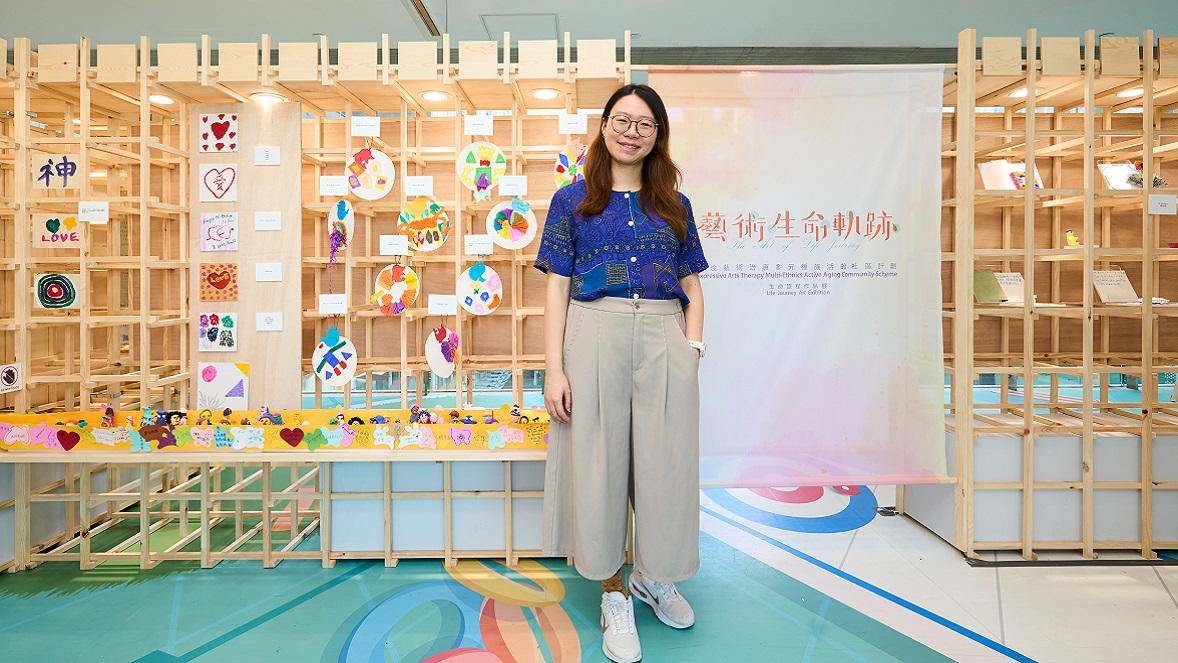
Life is a journey, with each person traversing a unique path and having a different understanding of life’s beginning and end.
“The Art of Life Journey” Expressive Arts Therapy Multi-Ethnics Active Ageing Community Scheme”, a project sponsored by Link Together Initiatives and spearheaded by the Hong Kong Expressive Arts Therapy Service Centre (HKEXAT), together with some organisations like HKSKH Outreaching Team for Multi-Cultural Community and Yuen Long Town Hall Mr Chan Ying Tseung Memorial Neighbourhood Elderly Centre, offers a vibrant canvas for both Chinese and non-Chinese seniors in Hong Kong to express their emotions and perspectives on life and mortality. By using visual arts, music, dance and other art forms as a bridge, the project helps seniors transcend language and cultural barriers to explore their life journeys and foster communication.
Janet Li, a Registered Arts Therapist and founder of HKEXAT, is one of the key figures behind “The Art of Life Journey” project. She says that, compared to HKEXAT’s other projects, this community scheme’s “dual challenges” have left a deep impression on her: “Our first challenge involved the specific needs of non-Chinese seniors. They’re not particularly active in the community and are often overlooked in terms of mental and emotional support. To serve them effectively, we’ve forged partnerships with various organisations to build connections. We also provided translators during each group activity or workshop to help them open up in a protected and supportive environment.”
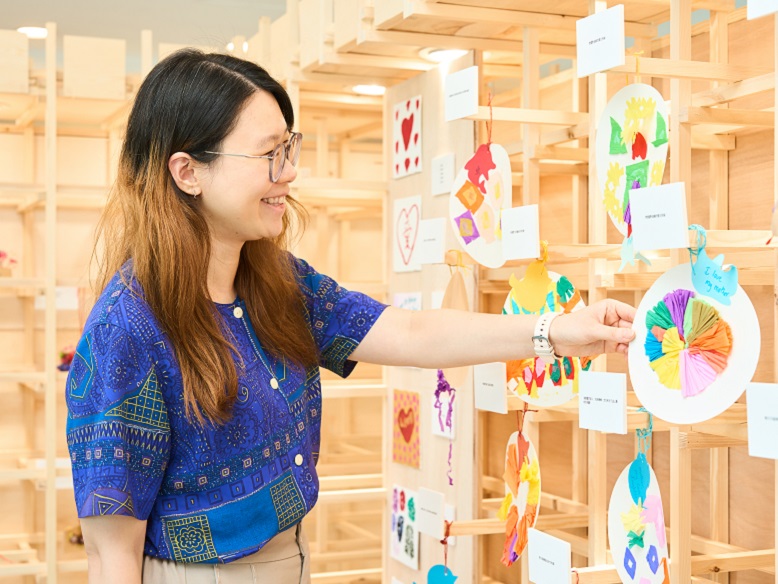
Another challenge concerns the general taboo surrounding death among both Chinese and non-Chinese elders. “Our focus was on life-and-death education. During the six group sessions, our first task was to help the elderly enhance their mental health awareness. Through art therapy, we provided opportunities for them to express their emotions and thoughts on the deeper meaning of life, subtly transforming their understanding of death and reducing anxiety.” Janet emphasises the importance of gaining the trust of the elderly, which has been challenging due to the sensitivity of the topic. “Whether they are Chinese or non-Chinese seniors, we consistently adopt a non-judgmental attitude, seeking to understand their religious beliefs, cultural backgrounds and personal experiences to gradually build trustful bonds with them.”
In August, the project hosted two “Life Journey Art Exhibitions” at Link’s Hoi Fu Shopping Centre and Lok Fu Place, showcasing the artworks created by elderly participants since the project’s inception.
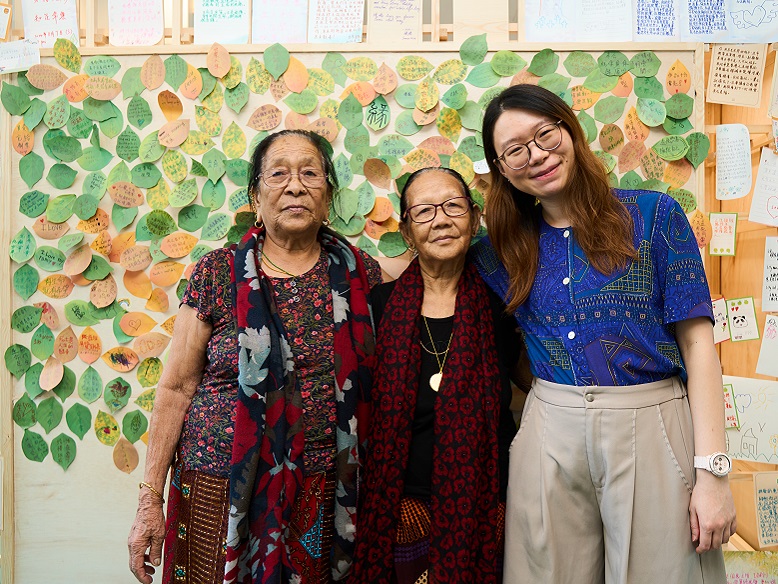
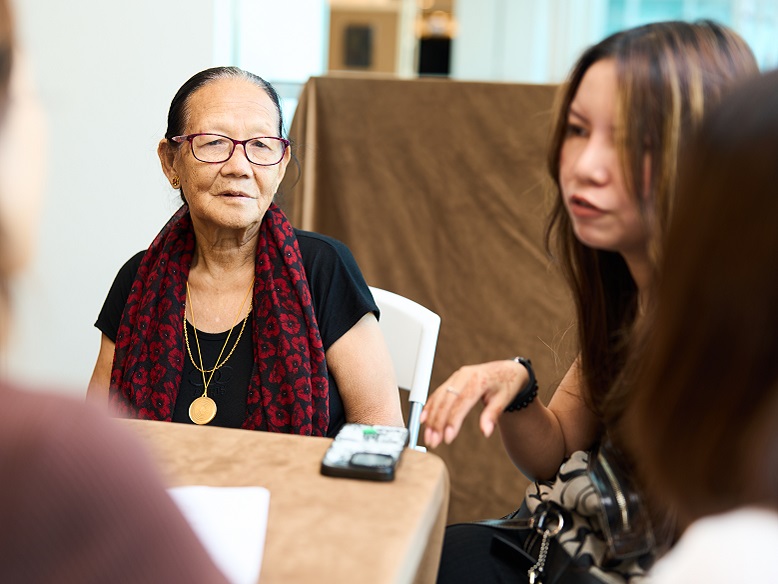
Among the diverse group of artists was Kumari Gurung, an almost 80-year-old Nepali woman who brought her friend Chandri to the exhibition at Lok Fu Place. She shares, “I’ve lived in Hong Kong for almost 30 years. All this time, I’ve primarily focused on my family. Although I speak a bit of Cantonese, my interaction with the community was mostly limited to greeting neighbours.” Kumari’s involvement in the project marked a change in her life. “I have a grandson who is a teenager. When he goes to school during the day, life becomes a bit monotonous; so, I wanted to make a change and find something to do to enrich my life.”
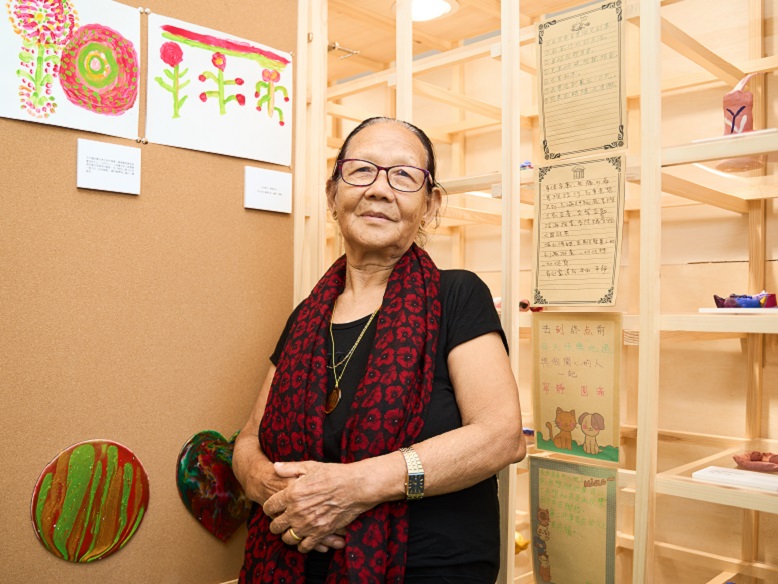
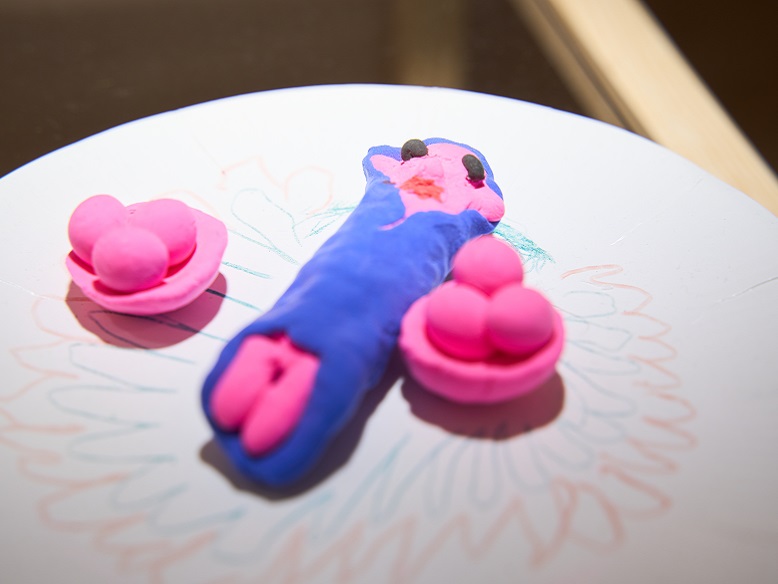
Initially presumed to hold traditional views on life and death, Kumari surprised many with her open-minded attitude, viewing both as part of a natural cycle. When asked about her greatest gain from the project, she says: “I’ve made many new friends, including our instructor, Janet. When I learnt that she got married last year, I created an artwork for her using marriage as the theme, wishing her the speedy arrival of a beautiful baby.” Kumari adds that her Nepalese community is close-knit; she hopes to encourage more Nepali friends of similar age to join the project in the future.
For another participant, 73-year-old Ho Shuk-ying (Sister Ying), the “Art of Life Journey” project provided an invaluable outlet for expressing her emotions. Struggling to find someone to confide in about her experiences with life, death, separation and illness, she embraced the project with an eagerness to explore. She explains, “In the past, I had some emotions I couldn’t let go of, but I didn’t know how to express them. They felt unspeakable. This project allowed us to express ourselves through art. During the process, I discovered that despite varying cultures and experiences among the project participants, we could still empathise and connect with one another, even without words. Art helped me release those emotions and become happier and more receptive to new ideas.”
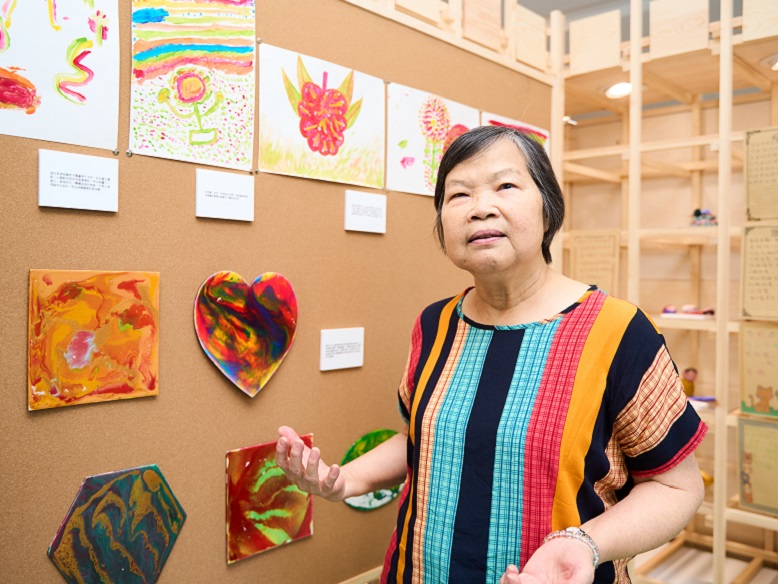
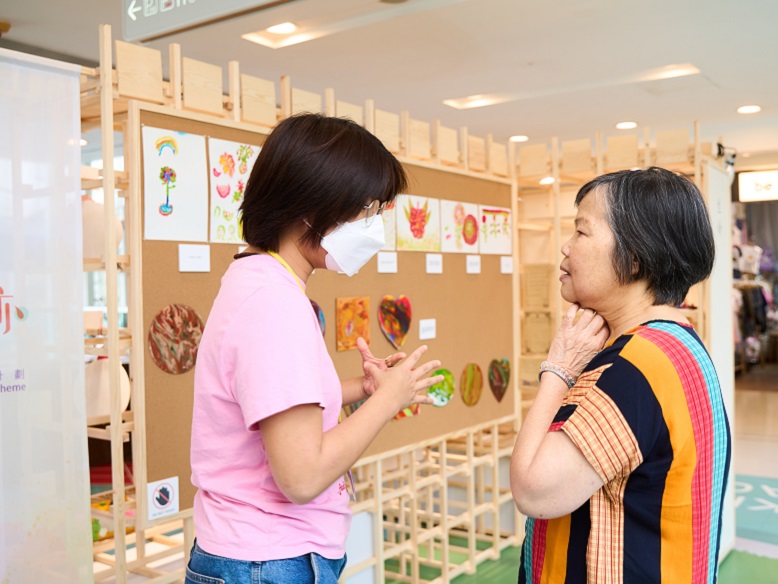
Sister Ying’s involvement has also led to a shift in her perspective towards non-Chinese ethnic groups. “After participating in workshops together, I’ve gained a deeper understanding of their culture and preferences, which has made me more open and welcoming. In fact, many non-Chinese elderly live in my community; and I often avoided eye contact when I saw them. But now, even if we don’t share a common language, I make an effort to say hello, nod or smile when we encounter each other face-to-face.”
Tai Chun-Wong (ET), a vibrant 65-year-old, has been one of the “younger ones” in the project. When he learnt about the exhibition, he volunteered to take on the role of docent, working several hours a day. “I pay special attention to visitors. When I notice they’re interested in an exhibit or have questions, I take the initiative to explain the project details or share the messages behind the artworks,” says ET. He remembers meeting seniors who seemed emotionally troubled: “From their eyes and expressions, I sensed they wanted to learn about our project or even participate in it. After understanding their needs, I referred them to the service centre’s staff for follow-up. This might be another meaningful outcome of this exhibition.”
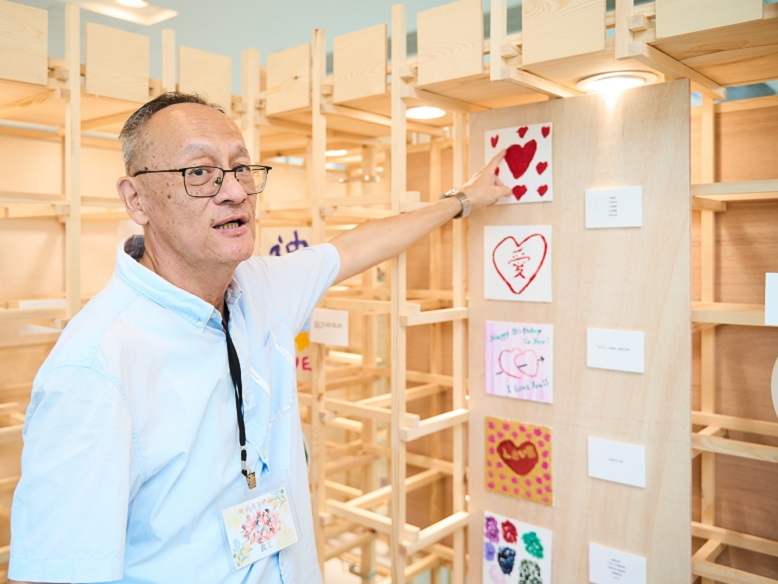
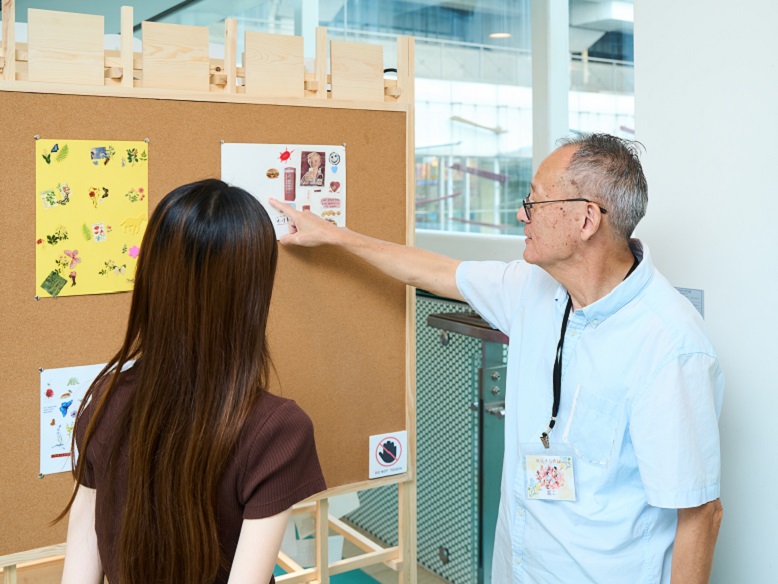
ET’s own artistic creations from the past few months, centred around the eternal theme of love, were also on display at the exhibition. He explains, “Let me tell you a little secret: all these works of mine are actually gifts for my wife. Although she isn’t in Hong Kong now and cannot come to the exhibition, I’ve already sent her photos of my works.” He adds that his wife is not a talkative person. But when she received the photos, her simple response of “thank you” spoke volumes.
The first cohort of participants in “The Art of Life Journey” project have successfully completed six group sessions of life-and-death education and two “Life Connect Workshops”. The subsequent Life Journey Art Exhibitions showcasing the results of expressive arts therapy have also concluded.
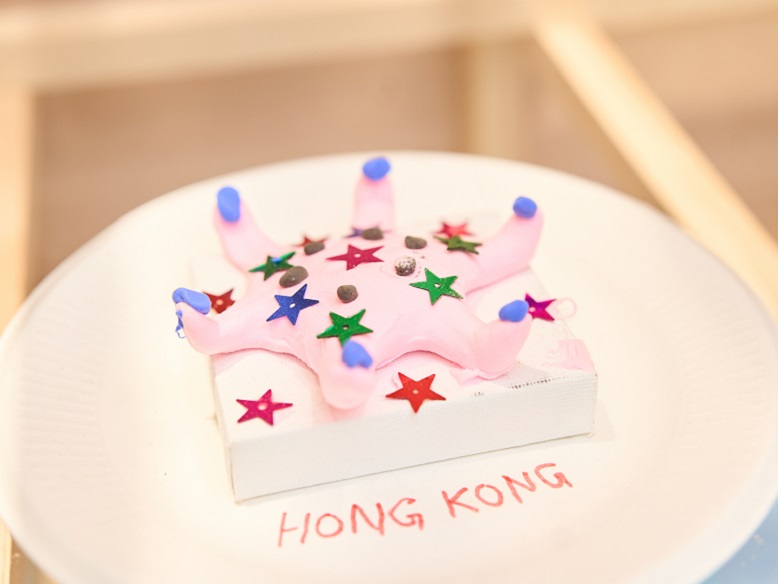
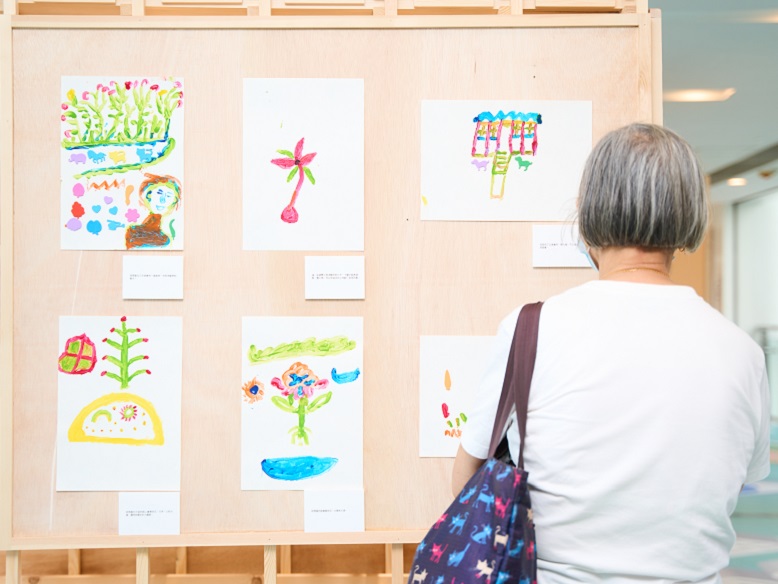
Reflecting on the project’s impact, Janet reveals that the participants’ exploration of life will not end here. “During the project, we have witnessed a remarkable shift in our participants’ perspectives and their newfound enthusiasm to help others. Next year, we plan to create a new role of life exploration ambassadors, transforming beneficiaries into pioneers.” According to Janet, “These ambassadors, drawn from the project’s initial cohort, will share their experiences and insights with other elderly individuals, spreading messages of love and compassion in their community while exploring the meaning of life with more elders.”
To learn more about the efficacy of the ‘The Art of Life Journey’ Expressive Arts Therapy Multi-Ethnics Active Aging Community Scheme in 2023-2024, please reference the Brief Evaluation Report.